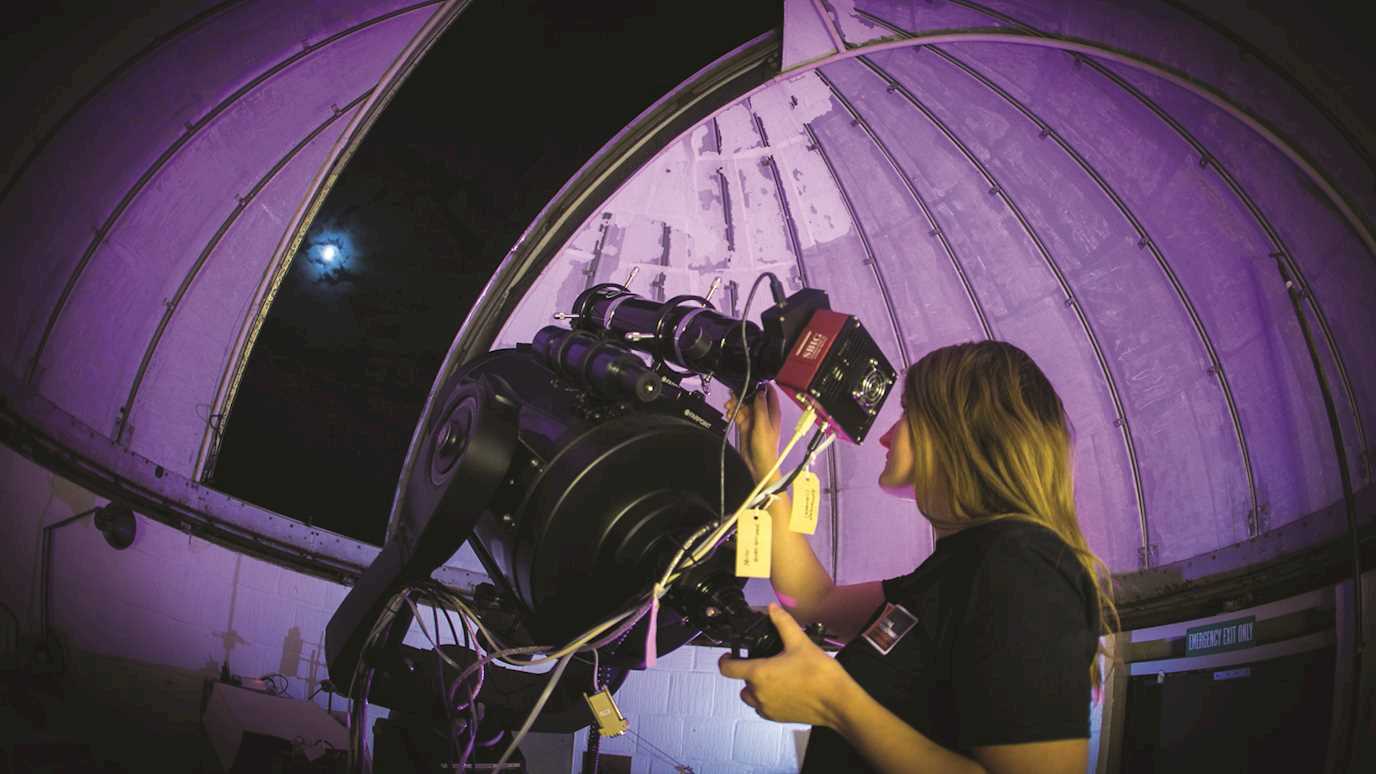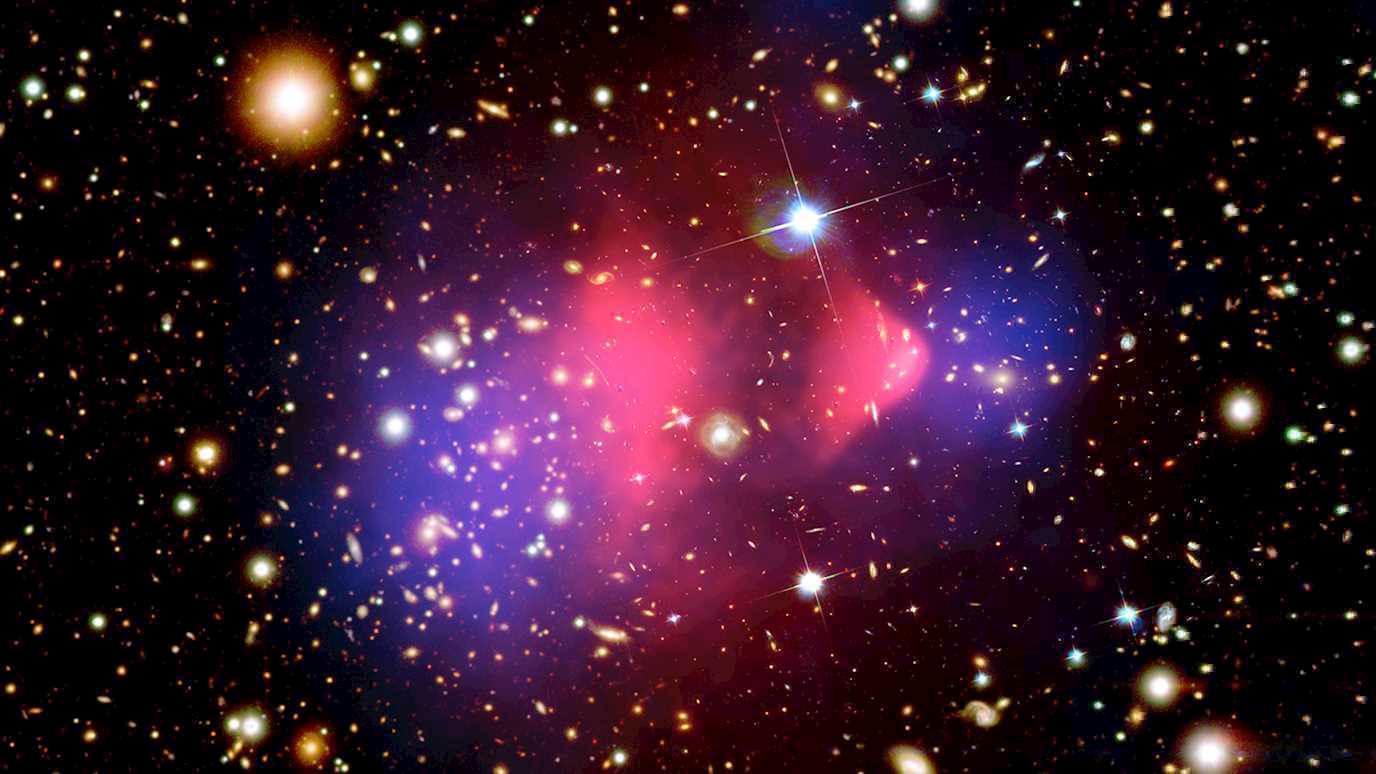Dr Cenk Türkoğlu (University of Sussex)
One of the current unknowns in physics is the lack of understanding of the nature of dark matter. Its existence was proven by various astrophysical and cosmological observations and it is known that it constitutes 27 % of the energy budget of the universe. Many theories about its nature hint that dark matter might be a particle. To detect dark matter particles, three mechanisms are used: production, indirect searches and direct searches.
The CRESST experiment is a direct search experiment employing CaWO4 crystals as target to simultaneously measure phonon excitation and scintillation light signals to determine the energy deposition and the different type of particle interactions, respectively. CRESST focuses its dark matter search efforts in the Ο(100 MeV) mass region. With CRESST-III Phase 1 detector modules, recoil energies down to Ο(100 eV) can be measured. However, in this energy region, beta and particles are difficult to distinguish from nuclear recoils, and this makes the detection of a possible dark matter signal very difficult. These beta and gamma particles originate from the radioactive backgrounds both inside and outside the target crystal. In order to understand the electromagnetic backgrounds in CRESST, a background model based on Monte Carlo simulations using the Geant4 toolkit was developed.
In this seminar, I will talk about the methodology of the simulation carried out for one of the CRESST-II Phase 2 detector modules known as TUM40 and the background analysis carried out for the recoil energies between 1 and 40 keV. I will talk about our findings for radioactive backgrounds originating both internal and external to the target crystal, and discuss the results of our research.
Location : T125
























